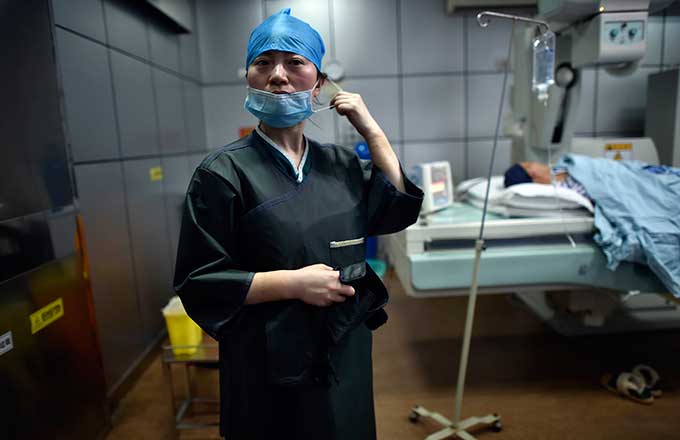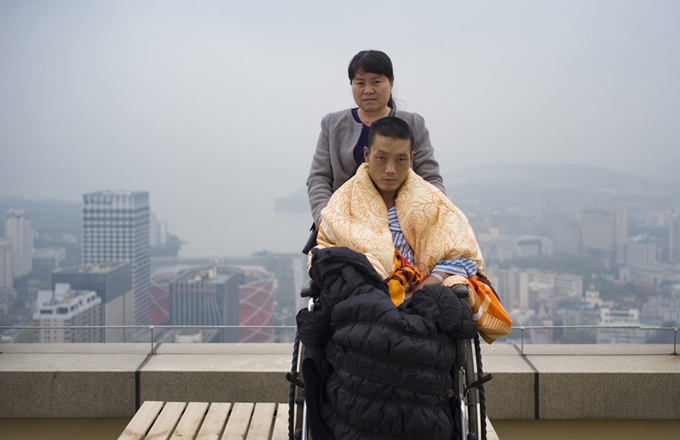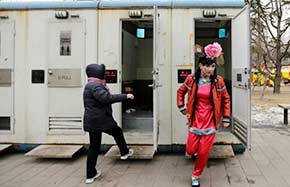Space station dream closer
A space lab will be launched in two years ahead of a key fueling experiment vital for the building of a space station, a leading official with the manned space program said.
Shortly after the lab goes into orbit, a freighter will be launched. Tests and research on the freighter technology have produced encouraging results, said Zhou Jianping, chief designer of the manned space program and a member of the National Committee of the Chinese People's Political Consultative Conference.
The space lab, Tiangong-2, will be built using backup craft for the Tiangong-1 space module.
Tiangong-1 was launched in September 2011. Tiangong-2 will have a number of upgrades and modifications, the most important being its ability to refuel from the freighter, he said.
China will work to build a space station after the Tiangong-2 space lab completes its mission, Zhou added.
"It's like air-to-air refueling, but the technology used in weightless space poses new challenges," he said.
The space lab will also conduct experiments, he said, without elaborating.
The Shenzhou X spacecraft, carrying three astronauts, will be launched in June and dock with the Tiangong-1 module, he said.
Docking was successfully carried out by the unmanned Shenzhou VIII in 2011 and by the manned Shenzhou IX in 2012.
"After that, there will be no more manned dockings for the Tiangong-1, but it will continue to orbit Earth," he said.
"It is likely that the two Tiangong vehicles will be in orbit at the same time," he said.
China plans to build a space station around 2020.
Experiments were conducted last year to see if two men can survive in an enclosed space, where oxygen, water and food are partly recycled, said Ye Peijian, a lunar exploration specialist and a national political adviser.
New center
Earlier this month, Zhou was quoted by Xinhua News Agency as saying that China's fourth launch center, on the tropical island province of Hainan, will be ready in two years.
The center, under construction since 2009, will be able to launch space station capsules and cargo ships. The carrier rockets to be launched at the center include Long March-7 and Long March-5.
It is designed to handle as many as 10 to 12 rocket launches a year.
The three existing centers are used for different missions.
Jiuquan is located in the desert of Gansu province and is the only manned spacecraft center.
Taiyuan in Shanxi province is capable of launching satellites into both medium and low orbits and finally Xichang in Sichuan province is used for powerful-thrust rockets and satellites.
The three sites have carried out more than 100 launches. However, the centers are landlocked in western or northern plateau and mountainous regions, lack commercial development and are inconvenient for transportation.
Long Lehao, a carrier rocket expert with the Chinese Academy of Engineering, previously said that rockets to be launched from Wenchang in Hainan would consume less fuel to get into orbit, because of its location.
"A satellite launched from Hainan will be able to extend its service life by three years as a result of the fuel saved," Long said.




















